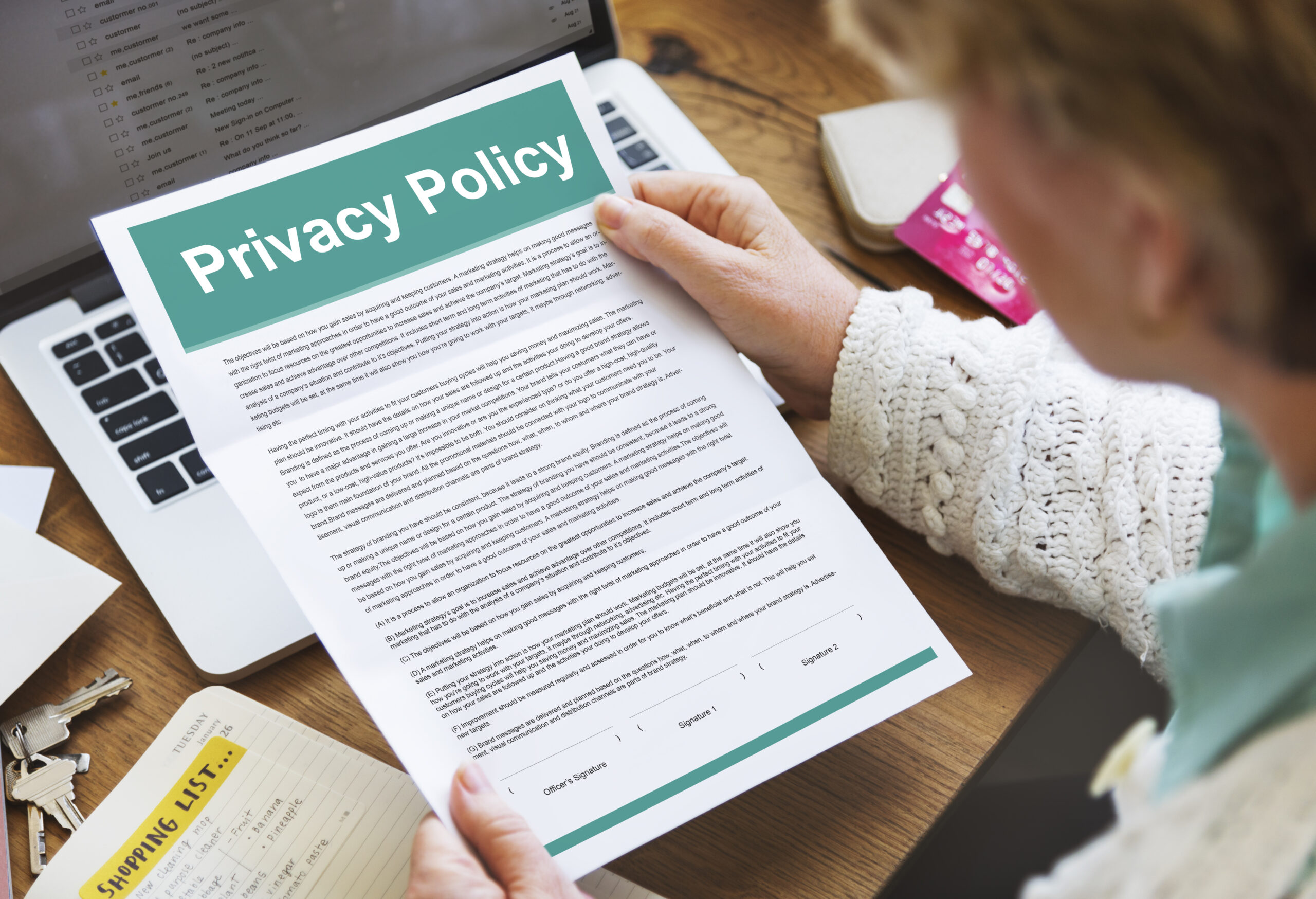At a glance:
-
- Income protection claims are often rejected due to policy definitions, insufficient medical evidence, pre-existing exclusions, or non-disclosure.
- Understanding the exact reason for rejection is essential before taking any action or submitting new information.
- Providing accurate documentation and requesting a formal reevaluation can improve your chances of overturning the decision.
- Professional advice from an insurance specialist can help strengthen your appeal and protect your financial security.
A rejected income protection claim can be an emotionally challenging experience, especially when you are already facing illness, injury, or worries about your financial future. Many people think that a rejection is final, but insurers deny claims for reasons that can often be changed with the right approach.
Whether the issue relates to medical evidence, policy definitions, or application details, you have the right to review the decision and provide additional information that supports your case. Understanding why your claim was rejected is the first step to changing the outcome in your favour.
In this article, we will guide you through what to do if your income protection claim is rejected. We want to provide you with the necessary information and support to help you understand your rights, address any concerns you may have, and take proactive steps towards a resolution.
Common Reasons for Income Protection Claim Rejection
To begin, it’s important to understand the exact reasons income protection claims may be declined.
- Not meeting the disability definition: Income protection policies have clear definitions of what counts as a disability. If your condition does not stop you from doing your regular job or any other suitable work, the insurer may deny your claim. Also, partial work capacity may affect your eligibility.
- Insufficient medical evidence: If medical reports are unclear, incomplete, or do not confirm that you are unable to work, the claim may be denied. Lack of specialist assessments or inconsistent doctor statements can also weaken your case.
- Excluded pre-existing conditions: If the illness or injury occurred before the policy began or is in the exclusion period, the insurer might not pay benefits. This often happens when symptoms were already present or treatment was received before the policy started.
- Non-disclosure during application: Failure to disclose important information, such as previous medical conditions, smoking habits, or hazardous work activities, can be considered a breach of duty. Insurers can reject or cancel a claim if they believe the policy was approved based on incomplete information.
- Inconsistent claim information: If the details in your claim form do not match your medical records, employment history, or income statements, the insurer may question its validity. Even minor differences can raise concerns and lead to a claim being denied.
What to Do After Your Income Protection Claim Is Rejected?
While a rejection can feel discouraging, there are clear steps you can take to challenge the decision and move the claim forward.
Assessing the Rejection
The first step after receiving a rejection is to read the insurer’s decision letter carefully. This letter explains why your claim was denied and details the evidence or policy terms the insurer used. It is important to understand the exact reason, rather than assuming it was a final decision.
Once you know the reason, review your policy documents to see if the insurer’s decision matches the terms and conditions you agreed to. This includes checking definitions of disability, waiting periods, exclusions, and any evidence requirements. Understanding whether the decision is fair or if there has been a misunderstanding will help you determine your next steps.
Important steps to take:
- Read the rejection letter fully to identify the exact reason for denial.
- Check which documents or policy clauses were referenced.
- Highlight any points that seem incorrect or unclear.
- Request clarification from the insurer in writing, if needed.
Gathering Required Information and Documentation
Collect all policy-related documents, application forms, and any previous correspondence with the insurance company regarding the claim. Having a complete record will help build a comprehensive overview of the case. Collect information systematically in accordance with the insurer’s requirements. This can include labelling documents, arranging them chronologically, and creating a summary of key points.
If applicable, include supporting documents such as medical records, expert opinions, or any other evidence that can strengthen their claim. These documents can provide additional proof of their inability to work or support their argument against the reasons cited for the rejection.
Reaching Out to the Insurance Provider
After carefully reviewing the rejection letter and gathering all relevant information, it’s time to initiate contact with the insurance provider. This step is essential for seeking clarification, discussing the rejection, and exploring potential resolutions.
Here are key points to keep in mind when contacting your insurer:
- Choose a channel of communication: Determine the most appropriate method of contact with the insurance provider. This could include phone calls, emails, written correspondence, or a physical visit. Check the insurer’s website or the rejection letter for specific contact information for claim-related inquiries.
- Remain polite, patient, and persistent: When communicating with the insurer, maintain a polite and professional tone. Even if the rejection has caused frustration or disappointment, it’s crucial to remain courteous and respectful.
- Request written responses: Whenever possible, request written responses from the insurer. This can help create a paper trail of the communication and provide a clear reference for future discussions or potential appeals.
- Follow up if necessary: If you don’t receive a response within a reasonable timeframe or if the provided response does not adequately address your concerns, don’t hesitate to follow up with the insurer. Persistence is key in ensuring that your case receives the attention it deserves.
Read More: When and How to Appeal an Income Protection Denied Claim
Requesting a Review or Reconsideration
If you believe the decision was unfair or based on inaccurate information, you can request a formal review or reconsideration of your claim. If applicable, submit a formal request within the designated timeframe and outline the grounds on which you believe the decision should be reconsidered.
Prepare a well-documented and persuasive argument to support your claim. This can include addressing the specific reasons cited for the rejection, providing additional evidence and highlighting any relevant policy provisions that support your position.
Seeking Professional Advice
Seeking expert advice can provide valuable insights, guidance, and support throughout the process. Follow these steps when obtaining professional guidance:
- Identify reputable professionals: Research and select those with expertise in income protection claims. Look for individuals or firms with a strong track record, positive reviews or testimonials, and relevant credentials.
- Consult an insurance specialist or advisor: Once you’ve shortlisted potential experts, meet with an insurance broker or financial advisor who understands income protection policies. They can review your claim details, explain why it was rejected, and outline possible next steps based on your circumstances.
- Prepare and attend consultations: Before the consultation, gather all essential documents, such as your claim form, insurer correspondence, rejection letter, and supporting evidence. Use the meeting to clarify complex policy terms, ask targeted questions, and determine the best strategy for moving forward.
By following these steps, you improve your chances of having your claim reviewed again and receiving your income protection benefits.
Read More: How to Claim Income Protection Insurance Successfully?
A rejected income protection claim can be frustrating, but it is not the final outcome. Understanding the reasons for rejection and providing accurate evidence can significantly improve your chances of overturning the decision. By carefully reviewing your policy, gathering supporting documents, and seeking expert help, you increase your chances of receiving payouts.
At Aspect Underwriting, we understand the hardships and frustrations that come with a rejected income protection claim. If you want to challenge your claim denial decision, contact us to get expert advice and guidance to strengthen your appeal and protect your future.
FAQs
Can I submit a new claim if my appeal is unsuccessful?
Yes, you can submit a new claim if your appeal is unsuccessful, but it must be based on new evidence or a change in your medical condition. The insurer will not reconsider the same claim without updated information that supports your eligibility.
Will changing insurers after a rejected claim affect my ability to get cover in the future?
Yes, a previously rejected claim may affect your ability to get cover with a new insurer. They may apply exclusions, increase premiums, or request additional medical evidence due to the increased perceived risk.
How long does the reconsideration or appeals process for income protection claims usually take?
The appeals process can take anywhere from a few weeks to several months, depending on the complexity of the case, the evidence required, and the insurer’s review timelines.
How long after submitting my claim will I start receiving benefits?
The time you’ll wait depends on the insurer’s claim assessment and your policy’s waiting period. If you submit your claim quickly and it’s approved before the waiting period ends, you’ll start receiving payments shortly after that period finishes. However, if you submit late or the insurer requests additional documents, approval might come after the waiting period, meaning payments will start once approval is complete.






